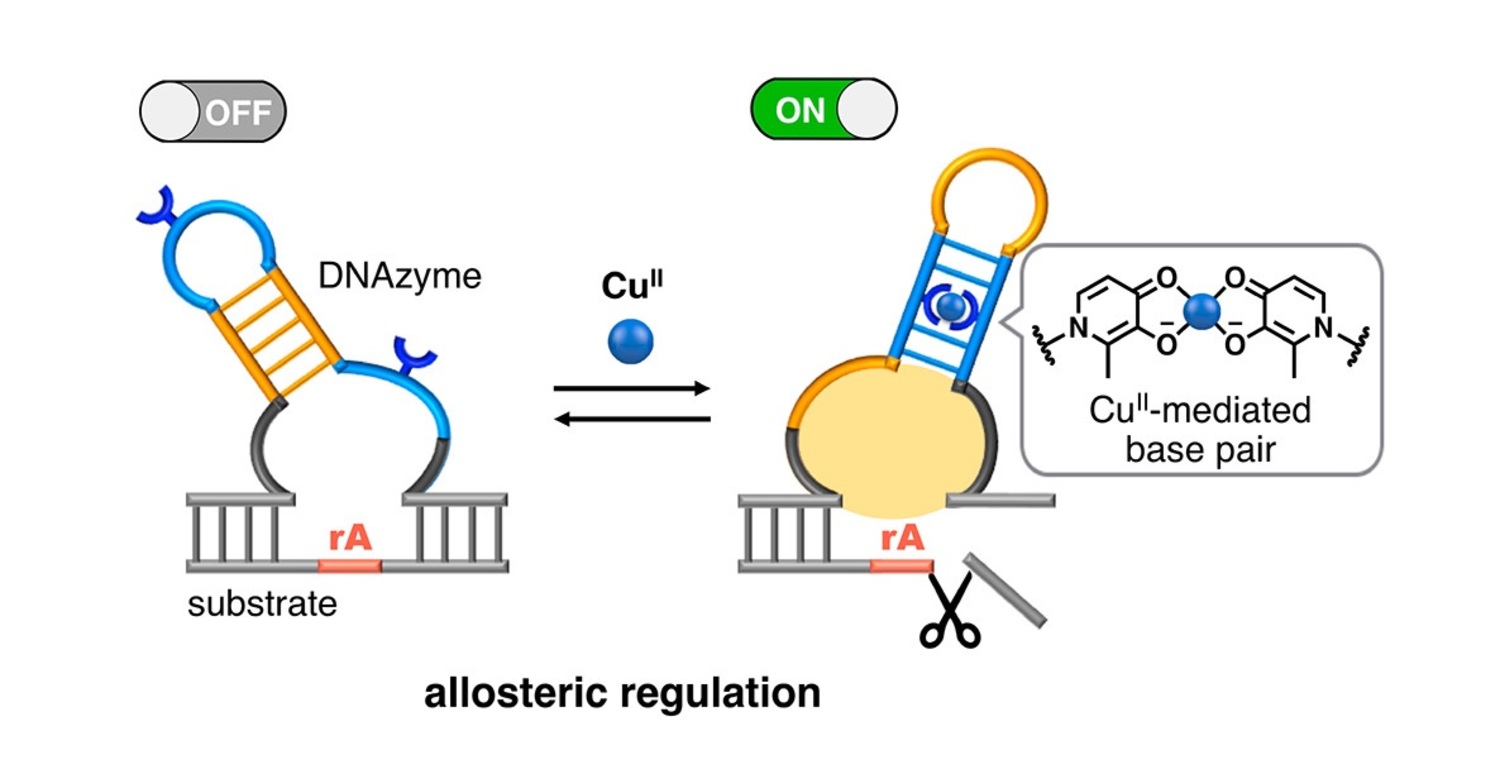
Allosteric regulation is a captivating phenomenon in the world of chemistry that plays a crucial role in the functioning of various biological systems. It refers to the process by which a molecule binds to a site on a protein, known as the allosteric site, and influences the protein’s activity at a different site, known as the active site. This unique mechanism allows for the fine-tuning of enzymatic activity, signaling pathways, and metabolic processes in organisms.
In this article, we will delve into the fascinating world of allosteric regulation and explore nine intriguing facts about how it governs the behavior of proteins. From its discovery to its impact on drug development, these facts will not only deepen your understanding of this fundamental concept but also showcase its implications in various fields.
Key Takeaways:
- Allosteric regulation is like a cellular remote control, fine-tuning enzyme activity and maintaining balance in the body. It’s like a volume knob for biochemical reactions!
- Allosteric regulation is a molecular maestro, orchestrating the activity of enzymes and ensuring smooth functioning of physiological processes. It’s like a conductor guiding a symphony of cellular activities!
Allosteric regulation is a crucial mechanism in cellular processes.
Allosteric regulation plays a vital role in controlling enzyme activity, gene expression, and signal transduction pathways within cells.
Allosteric regulation allows for fine-tuning of biochemical reactions.
By binding to a specific site on the enzyme (allosteric site), allosteric regulators can modulate enzyme activity, either enhancing or inhibiting the reaction.
Allosteric regulators can be either activators or inhibitors.
Activators increase enzyme activity, while inhibitors decrease enzyme activity. This dynamic control allows the cell to respond to changing conditions and maintain homeostasis.
Allosteric regulation is often mediated by allosteric effectors.
Allosteric effectors are small molecules, such as metabolites or cofactors, that bind to the allosteric site and induce a conformational change in the enzyme, resulting in a change in its activity.
Allosteric regulation can exhibit positive or negative cooperativity.
In positive cooperativity, the binding of one allosteric effector enhances the binding of subsequent effectors, leading to a greater increase in enzyme activity. In negative cooperativity, the binding of one effector inhibits the binding of subsequent effectors, resulting in a decrease in enzyme activity.
Allosteric regulation can involve multiple subunits.
Many allosteric enzymes have multiple subunits, and the binding of allosteric effectors can induce conformational changes in distant subunits, leading to a coordinated response across the enzyme complex.
Allosteric regulation is highly selective.
Allosteric effectors exhibit specificity for particular enzymes, allowing for precise control over specific biochemical pathways and reactions.
Allosteric regulation can override competitive inhibition.
If an allosteric regulator binds to the allosteric site, it can effectively “turn off” the enzyme, even in the presence of competitive inhibitors that would otherwise bind to the active site.
Allosteric regulation is involved in many physiological processes.
From metabolism to cell signaling, allosteric regulation is crucial for the proper functioning of various physiological processes in organisms.
Conclusion
Allosteric regulation is a fascinating mechanism that plays a crucial role in the functioning of biological systems. Through the process of allosteric regulation, enzymes and proteins can alter their activity in response to specific signals or molecules, allowing for precise control and regulation of biochemical pathways.
The nine facts about allosteric regulation discussed in this article highlight the complexity and versatility of this phenomenon. From its discovery by Jacques Monod and Jeffries Wyman, to its involvement in various cellular processes, including metabolism and gene regulation, allosteric regulation continues to captivate researchers and pave the way for advancements in the field of biochemistry.
By understanding the intricacies of allosteric regulation, scientists can gain valuable insights into disease mechanisms and develop targeted therapies. As research in this field continues to unfold, we can expect to uncover even more fascinating aspects of allosteric regulation, further deepening our knowledge of how living organisms function at the molecular level.
FAQs
Q: What is allosteric regulation?
Allosteric regulation is a mechanism in which enzymes or proteins change their activity and function in response to the binding of specific molecules at sites other than the active site.
Q: How does allosteric regulation differ from competitive inhibition?
Allosteric regulation involves the binding of a regulatory molecule at a site other than the active site, while competitive inhibition occurs when a molecule competes with the substrate for binding at the active site.
Q: What are the advantages of allosteric regulation?
Allosteric regulation allows for precise control and regulation of biochemical pathways. It enables enzymes and proteins to respond to changes in cellular conditions and modulate their activity accordingly, ensuring efficient functioning of biological systems.
Q: Can allosteric regulation be involved in disease development?
Yes, dysregulation of allosteric regulation can contribute to the development of various diseases. For example, mutations in allosteric regulatory sites can lead to abnormal protein function and disrupt normal cellular processes.
Q: Are all enzymes subject to allosteric regulation?
No, not all enzymes are subject to allosteric regulation. Some enzymes are regulated solely through other mechanisms such as competitive inhibition or covalent modification.
Allosteric regulation's fascinating facts merely scratch the surface of biochemical wonders. Enzymes, life's catalytic marvels, hold even more astounding secrets waiting to be unveiled. Substrates, too, bind in surprising ways that shape metabolic destinies. Explore further to quench your curiosity about these captivating molecular machines.
Was this page helpful?
Our commitment to delivering trustworthy and engaging content is at the heart of what we do. Each fact on our site is contributed by real users like you, bringing a wealth of diverse insights and information. To ensure the highest standards of accuracy and reliability, our dedicated editors meticulously review each submission. This process guarantees that the facts we share are not only fascinating but also credible. Trust in our commitment to quality and authenticity as you explore and learn with us.
